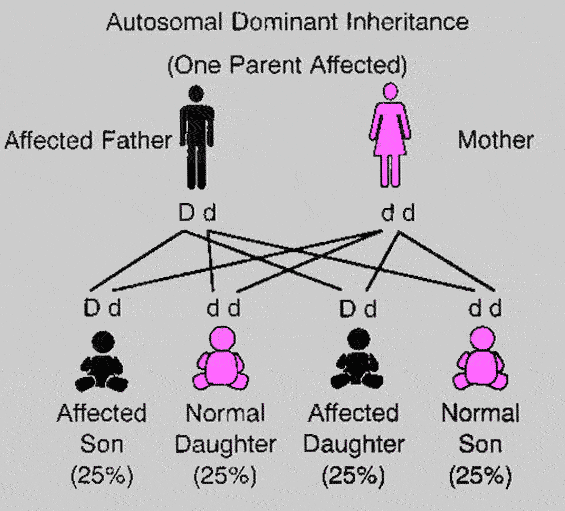

An F1 cross-bred pea plant is a heterozygote – it has 2 different alleles. In today’s genetic language, a pure-breeding pea plant line is a homozygote – it has 2 identical copies of the same allele. Reginald Crundall Punnett, a mathematician, came up with these in 1905, long after Mendel's experiments. We now know that Mendel’s inheritance factors are genes, or more specifically alleles – different variants of the same gene. Punnett Squares Punnett squares are a useful tool for predicting what the offspring will look like when mating plants or animals. Only those that received the recessive allele from both parents, known as zygosity, will have the recessive phenotype. Mendel didn’t know about genes or discover genes, but he did speculate that there were 2 factors for each basic trait and that 1 factor was inherited from each parent. Mendelian traits in humans concerns how, in Mendelian inheritance, a child receiving a dominant allele from either parent will have the dominant form of the phenotypic trait or characteristic. Mendelian Genetics Gregor Mendel was a 19 th century Austrian monk who first formulated the idea of inherited traits after conducting simple hybridization experiments. He concluded that traits were not blended but remained distinct in subsequent generations, which was contrary to scientific opinion at the time. A dominant trait will always be expressed in the offspring if the dominant allele is present, even if there is only one copy of it (heterozygous or dominant homozygous, Aa or AA). When the F 1 plants in Mendel’s experiment were self-crossed, the F 2 offspring exhibited the dominant trait or the recessive trait in a 3:1 ratio, confirming that the recessive trait had. Mendel counted the number of second-generation (F2) progeny with dominant or recessive traits and found a 3:1 ratio of dominant to recessive traits. The traits that were visible in the F 1 generation are referred to as dominant, and traits that disappear in the F 1 generation are described as recessive. When pure-bred parent plants were cross-bred, dominant traits were always seen in the progeny, whereas recessive traits were hidden until the first-generation (F1) hybrid plants were left to self-pollinate.

E) members of the F1 generation had only one allele for each trait, but members of the F2 had two alleles for each trait. D) the traits were lost in the F1 due to dominance of the parental traits. Mendel found that paired pea traits were either dominant or recessive. C) traits can be dominant or recessive, and the recessive traits were 'hidden' by the dominant ones in the F1. Inheritance involves the passing of discrete units of inheritance, or genes, from parents to offspring. There are many examples of Mendelian traits in humans.


 0 kommentar(er)
0 kommentar(er)
